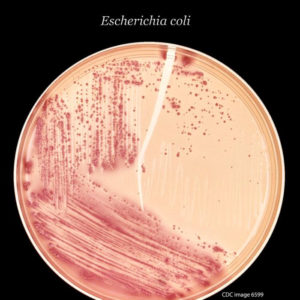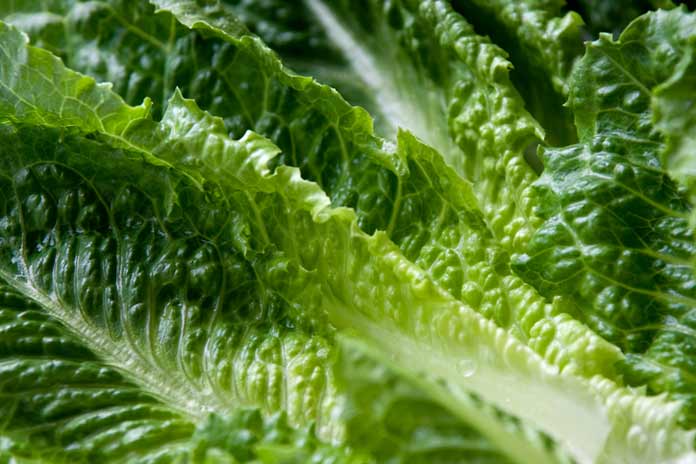At least 60 people in 10 states contracted E. coli O157:H7 infections after eating Romaine lettuce, according to the CDC. Many of them were hospitalized, and two people contracted hemolytic uremic syndrome, a severe complication of an E. coli infection that causes kidney failure and a host of other medical problems.
E. coli Lawsuit: 5 Reasons to Sue
Public health investigators are using DNA “fingerprints” of E. coli O157:H7 bacteria obtained through diagnostic testing with pulsed-field gel electrophoresis (PFGE) to identify cases of illness that may be part of this outbreak. To date, the number of ill persons identified in each state is as follows: Arizona (1), Arkansas (2), Georgia (1), Illinois (9), Indiana (2), Kansas (3), Kentucky (1), Minnesota (3), Missouri (37), and Nebraska (1).
Lettuce E. coli Investigation
State, local, and federal public health officials determined that romaine lettuce sold at several locations of a single grocery store chain (Company A) was the likely source of illnesses in this outbreak. It was further concluded that the lettuce was contaminated before it reached the Company A grocery store locations.
After reports of over 20 illnesses, health officials started an investigation on October 10, 2011, which lasted until November 4 of the same year. They compared foods eaten by both people sickened and people who were not part of the outbreak, including some who had shopped at the same Company A grocery store locations as those sickened. The result was that 85% of outbreak victims interviewed had eaten Romaine lettuce in the week before they got sick, while only 46% of the others had. More telling was that 89% of E. coli victims who had shopped at Company A stores reported eating food from the store salad bar; however, only 9% of well people in the study who shopped at the same stores reported eating from the salad bar. Eighteen of the people sickened in the outbreak could remember what type of lettuce they had eaten, and of those, 94% said they had eaten Romaine lettuce.
In the end, nine Company A grocery stores were involved in the outbreak, all of them with salad bars from which people sickened in the outbreak had eaten between October 5 and October 24, 2011. During those few days, four of these outbreak victims purchased salads from two separate Company A store locations.
Traceback investigations found that Romaine lettuce served at the implicated salad bars had come from a single processing building, by way of the same distributor. In addition, a single lot of Romaine lettuce harvested from Farm A was determined to be the source of the outbreak. Because Farm A was not growing lettuce at the time of the investigation, inspectors could not identify the source of the contamination.
Contact our attorneys for a free consultation.
Lettuce E. coli Outbreaks
An E. coli outbreak in CA, CO, IL, IN, MI, NE, NH, NY, OH, PA, VA, VT, and WA in 2017 sickened over 20 people: California (3), Connecticut (2), Illinois (1), Indiana (1), Michigan (1), Nebraska (1), New Hampshire (2), New York (1), Ohio (1), Pennsylvania (1), Virginia (1), Vermont (1) and Washington (1). Of those sickened, five were hospitalized, and two of them developed a type of renal failure called hemolytic uremic syndrome (HUS).
The CDC published its final report on the E. coli outbreak linked to Schnucks romaine lettuce. As of March 21, 2012, 58 people infected with the outbreak strain of E. coli O157:H7 were reported from 9 states: Arizona (1), Arkansas (2), Illinois (9), Indiana (2), Kansas (2), Kentucky (1), Minnesota (2), Missouri (38), and Nebraska (1). The investigation found that the product contaminated Romaine lettuce was the likely source of illnesses that sickened customers of Schnucks grocery stores and students at the University of Minnesota.


